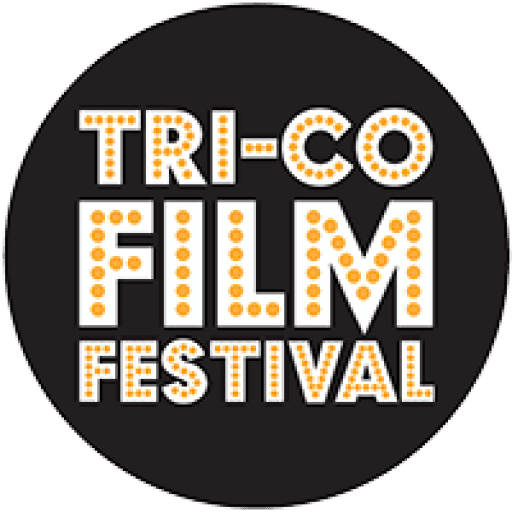by Naren Roy
Chances are, somewhere along the way, you’ve really wanted to share something important to a wider audience and it’s been an uphill battle to simply make your voice heard. For those of us with any degree of experience in creative visual arts like filmmaking, we can attest to the struggle of getting our message out there more than most. It’s not like there’s a clear set of guidelines that coaches any of us on how to leave an impact through the work we are doing.
Impact. We’d all love for it to be prefaced with a qualifier like “far-reaching” or “incredibly positive” when describing our passion projects. Documentary filmmakers tell stories about things that matter and have the power to amplify voices which might not otherwise be amplified. So who can amplify the voices of makers themselves? They can, of course–in coalition with each other and the communities of which they are part of.
It takes dedication to stick with this kind of coalition building in addition to the organizing and creative work that goes into the entire documentary process in the first place. Thus, I’ve been so incredibly impressed to discover the Asian American Documentary Network. Also known as ‘A-Doc’, the network has 1000+ members, consisting of Asian American documentary filmmakers (including affiliates like curators, writers, programmers) who build solidarity and network together with the goal of increasing “the visibility and support of Asian Americans in the documentary field”.
According to A-Doc Leadership Team member Emily Hong – a Haverford Faculty member in Visual Studies and Anthropology – the network serves the very practical purpose of allowing filmmakers and their affiliates to seek support on a variety of fronts from ongoing projects to hearing about new opportunities and gigs altogether. One central aspect of staying in touch consists of a members’ Slack Workspace.
As important as networking and support are, A-Doc network fulfills multiple purposes.
“I see it as internal community building, then there’s the coalition building and then there’s the external ‘shifting the industry’ work,” explains Hong. “All of that is inspiring or exhausting in different ways.”
The mix of internal and external work for the filmmaking genre is especially striking.
“Are asian American stories even visible and when they are, what are the narratives around those stories?” Hong offers. “I think those are some of the questions that we are concerned with in addition to questions around access and diversity [in doc filmmaking],” says Hong.
Leadership team A-Doc member Renee Tajima-Peña puts it a different way.
“If you look at the numbers, it’s kind of outrageous. The percentage of philanthropy dollars that go to any Asian American organization or projects; it’s minuscule, especially compared to our population in the United States.” said Tajima Peña, in an interview with Asian Cinevision.
To that end, A-Doc is a continuation of the work of so many years in the making as Tajima-Peña tracks in a recent article. Co-founders S. Leo Chiang and Grace Lee recognized “although the documentary was experiencing a “golden age,” many BIPOC filmmakers still felt shut out of the field” according to Tajima-Peña’s article. Thus A-Doc was born in 2016.
Being a student in the Visual Studies minor program at Haverford, I’ve been parsing out the program’s learning goals by asking myself two questions. How can I follow my own path to becoming more visually literate in an increasingly intersectional world? What determines how visual representations are used ethically?
To me, the first question has to do with a free and personal search for how one can be a ‘maker’ and then develop technique collectively. Thinking about ethics of the visual is more challenging, but has to do with exactly the kinds of intersectional work A-Doc members are doing in developing their voices within the larger documentary filmmaking industry so that in turn, representations of their film’s collaborators really make it as they should.
In this summer’s iteration of the VCAM / HCAH’s DocuLab, myself and four other bi-co students will be working amongst film teams from A-Doc on the distribution, marketing, and wrap-up of docs in late/post production. This summer opportunity will allow me to juxtapose various communities of filmmaking I’ve been part of. Drawing on the very real and raw experiences of student filmmaking, the core tenants of visual studies, and the experiences of professionals out in the field (from makers to impact/distribution strategists) I’ll be working with can further a holistic understanding of filmmaking. Through three different film projects including professor Hong’s Above and Below the Ground, and two others, I hope to understand the emerging field of impact producing and how it is executed, its challenges, and triumphs. Seeing myself or my peers as stakeholders in the issues which we care about, as creative thinkers who also have maker’s potential, this is an opportunity to learn some of the ins and outs of how professional documentary makers came to be where they are today.
Give A-Doc a follow on Instagram & Twitter @aadocnetwork !
